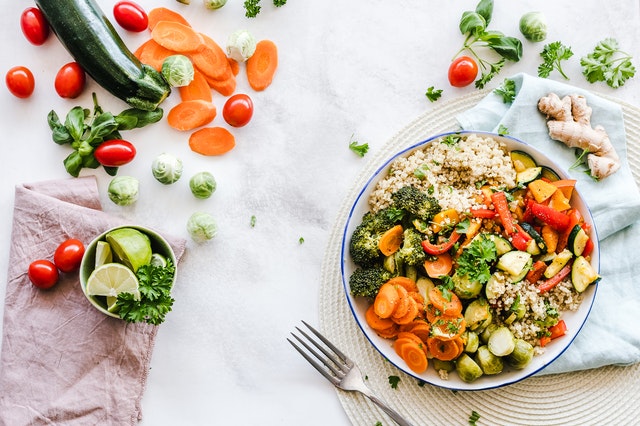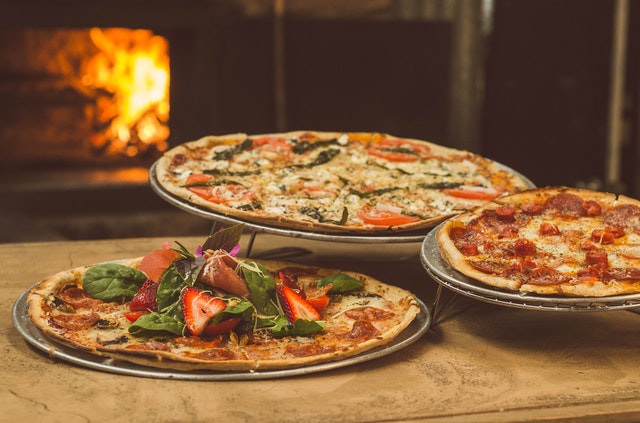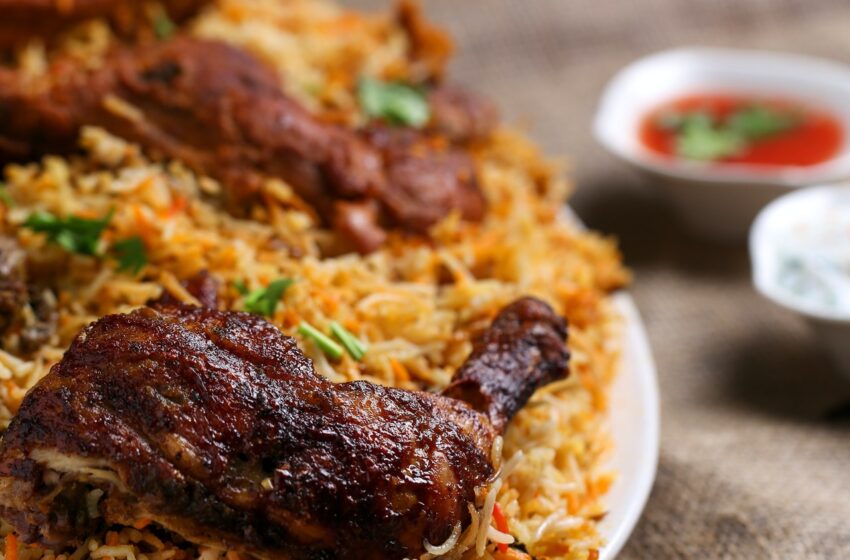
Caribbean island
Top 10 foods to try in the Caribbean
By Ryan Ver Berkmoes
Travellers are advised to read the FCO travel advice at gov.uk/foreign-travel-advice for the country they are travelling to.
All recommendations have been reviewed and approved as of February 2020 and will be checked and updated annually. If you think there is any incorrect or out of date information in this guide please e-mail us at goodfoodwebsite@immediate.co.uk
Visiting the Caribbean is not exactly a hard-sell. With its white sandy beaches, azure sea, lively culture and balmy weather, this cluster of islands is a dream holiday destination. What’s more, sampling the food is a journey in itself.
Don’t leave the Caribbean without trying….
Seafood
All those islands, all that ocean. Seafood, whether swimming or in a shell, is a Caribbean highlight. Long a staple of sailors crossing the Atlantic, flying fish are a firm and tender whitefish, best served grilled and hugely popular on Barbados and the Windward Islands. Grouper, a large fish, makes excellent steaks and is good in stews while countless varieties of shellfish is served in beachfront bars.
Jerk
The signature flavour of Jamaica and one of the Caribbean’s most famous cuisines, jerk refers to a very spicy dry or wet rub applied to chicken or other meat. After absorbing the flavours, the meat is smoked and/or grilled to fiery perfection. Variations are many, with influences from Africa to Portugal to Latin America.
Try making your own jerk chicken
Roast pork
Ubiquitous across the islands, especially those with a strong Spanish heritage like the Dominican Republic and Cuba, roast pork is often served with other regional staples like rice and beans plus plantains. Succulent and juicy, pork drippings give everything on the plate a rich flavour. Roadside stands across Puerto Rico serve the much-loved lechón asado, which is spit-roasted suckling pig.
Pepperspot

Simmered in huge pots across the Caribbean, this thick and rich stew can include aubergine, okra, squash, potatoes and pretty much anything else that grows in the islands’ rich earth. Beef is the most common meat, while fungi – tasty cornmeal dumplings – add texture. It’s called souse in the Bahamas, which may refer to the condition of the cook given that no two recipes or even batches are alike.
Conch
A sort of sea escargot, conch is any of many different large sea snails that are housed in often beautiful shells (piles of them in Bonaire form pearly pink mountains). Something like a huge clam, the meat makes fabulous fritters – a staple in the Bahamas, the Cayman Islands and cruise-ship ports everywhere. Conch also appears in salads, soups and stews. Farm-raised is the most sustainable.
Chicken with rice
Still craved by locals even decades after they’ve emigrated, Arroz Con Pollo is the ultimate island comfort food. Wildly popular where Spanish influences remain strong, this deceptively simple dish is a savoury mix of flavours that include tomatoes, garlic, peppers and more. Baked until the rich scents fill the kitchen, most would say their mother’s version is best.
Try making rice & peas
Cuban sandwich
One Cuban export that has found favour across the Caribbean and Florida, this hearty sandwich was once the lunchtime meal for labourers in Havana. Soft, crusty white bread is layered with ham, roast pork and some sort of mild white cheese. Dill pickles and vinegary yellow mustard provide accents. A sandwich press makes everything gooey, toasty and scrumptious.
Goat stew

“Got some?” is a conversation-starter on tiny Montserrat, where a thin, clove-scented stew called goat water is a national obsession. The broth is heartier on islands like Aruba and Bonaire, where it is called kabritu (or cabrito) and locals solemnly proclaim that their own mother’s version is best. Mannish water, a Cayman Islands version, includes a goat head and foot.
Try cooking with goat in a Jamaican-style curry
Callaloo
A vegetable dish with roots in West Africa, callaloo was brought to the Caribbean by slaves and is still a vital part of diets on Jamaica and Dominica plus Trinidad and Tobago. Leafy greens (often from the namesake bush or from taro, water spinach and more) are boiled into a thick stew, which may include peppers, coconut milk, okra and all manner of meats and seafood.
Papaya
This tasty fruit staple grows wild and on farms almost everywhere. It comes in yellow and orange varieties and when perfectly fresh is served plain with a squeeze of lime for a sweet and luscious breakfast. It also appears in salads and even stews. However many prefer papaya mixed into a cocktail with the Caribbean’s great contribution to libations: rum.
)



















